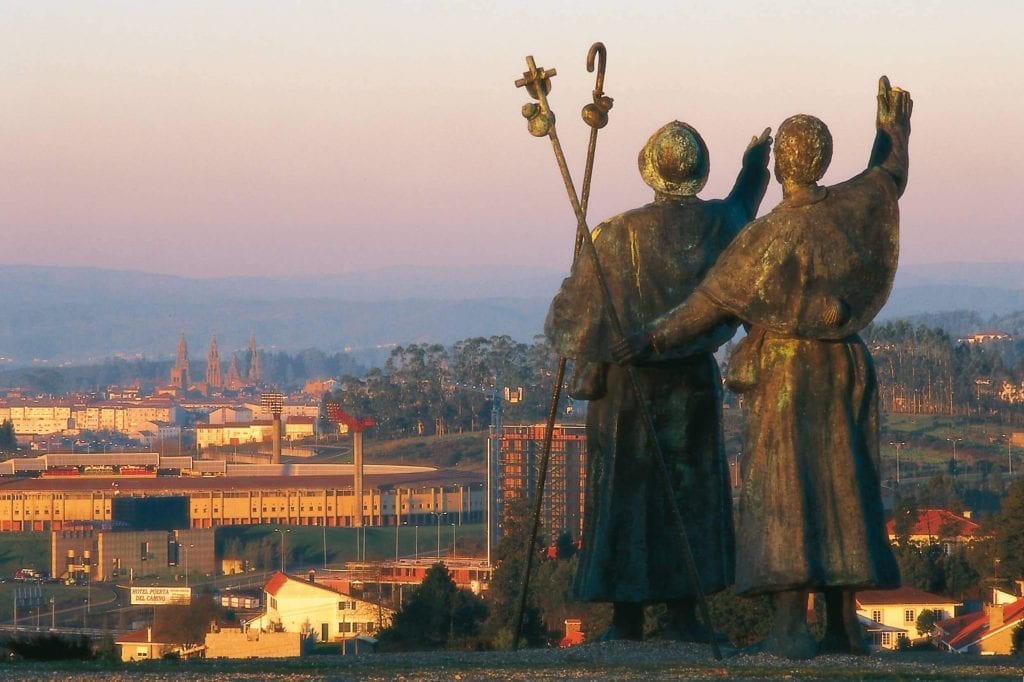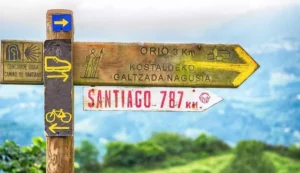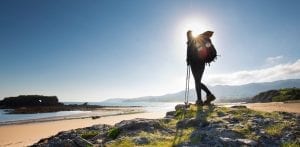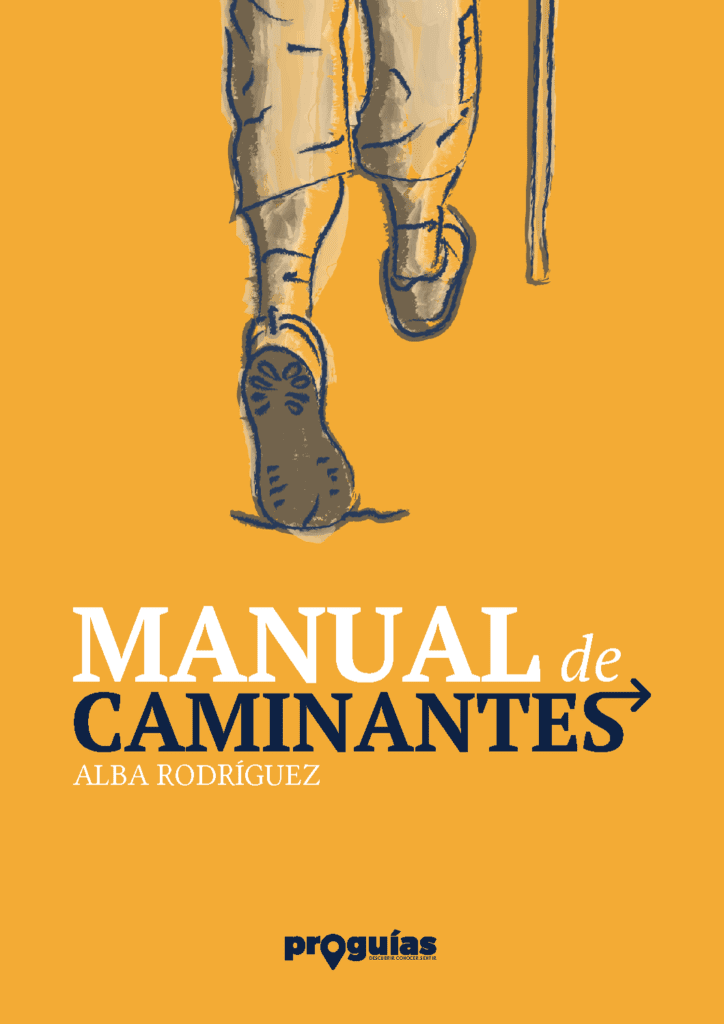One day you wake up and decide to do the Camino de Santiago. Venturing along an ancient route. Sounds good, doesn't it? But there are a lot of routes. The thing goes far beyond the French Way, the best known. So the question is more than obvious. And, in addition, the answer will determine other decisions. Which one to choose? Which Camino de Santiago do I do?
Read on to find out what routes of the Camino de Santiago are best suited to your interests and possibilities.
A way that is many ways
Actually, there are as many routes of the Camino de Santiago as there are pilgrims, literally. Beyond the spiritual aspect, the inner journey, the truth is that until very recently those who made the pilgrimage made the way entirely on foot (or on horseback) from their very home.
A journey that might begin in central France, in northern Italy, on the coast of Germany, in the English countryside or anywhere on the Iberian Peninsula.
The passage of time and the natural tendency of people to converge on familiar paths are what have ended up defining the main routes of the Way of St. James. They came to the city from the four corners of the world, venerated the relics and then returned home.
Today the way to do the Camino has changed, fortunately. The reasons have diversified, the offer has expanded enormously and the decision is in our hands. And people of all types and ages do it.
So let's see what options are open to us.
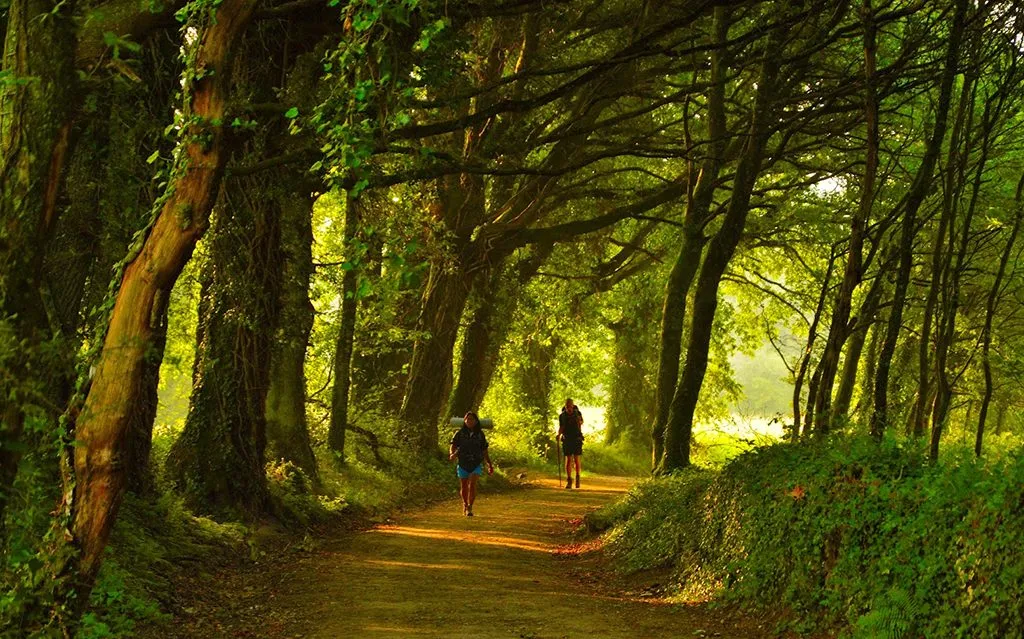
The French Way
The French Way is by far the most famous and busiest of the Camino de Santiago routes. The route par excellence, in fact. The most typical. The one that most people choose to start with. The best signposted. The one with the most and best infrastructures.
We could go on for a long time with phrases beginning with "the most" or "the best". But what does that mean, exactly?
It is also the most crowded route. It is precisely because it is the one with the best facilities and the one that has received the best promotion. But the question is: is this your route? Is this the best Camino for you?
Without a doubt, it can be if you want to meet people and walk the paths that other people like you have walked before, for centuries, and will walk later. The hostels on this route are full of stories to share and great moments in company. And not just the hostels. The other kind of accommodations also receive countless pilgrims who leave their mark.
However, if you are going to do the route from hostel to hostel, bear in mind the following: the places available are limited and in the busiest periods, you will have to get up very early in order to arrive at the next end of the stage with enough time to avoid running out of room.
Handbook of Pilgrims
Download the most complete guide to prepare the Camino de Santiago from scratch and step by step.
However, this has an advantage: if you walk later in the day you will have a much clearer route. On such a busy route, a bit of peace and quiet is always appreciated. In order to be able to do this and have your accommodation guaranteed, the best thing to do is to plan everything in advance and look for alternatives to pilgrim hostels.
This avoids the problems of overcrowding and you can dedicate yourself to enjoying the Camino. If you are thinking about this option, we can help you to plan it. But first, it is better that you read on.
To finish the Camino and receive the Compostela, the document that certifies the pilgrimage, you will need to walk the last 100 km on foot - 200 km if you come by bicycle or on horseback. If you don't have many days, Sarria (113 km) is the best option. the perfect starting point. From there you should reach Santiago in five or six days, depending on your pace. That is why it is the stretch that attracts the most pilgrims every year.
But there are also many people who do it from O Cebreiro (155 km). Or from Saint Jean Pied-de-Port (785 km). Or from somewhere in between, such as Pamplona, Logroño, Burgos, León or Astorga. The choice is yours. Moreover, if you want to do it from Saint Jean or from Roncesvalles, nobody forces you to do it in its entirety. You can spread it over several times.
If you choose to do the Camino by bicycle or on horseback, you will have to start from Ponferrada (209 km) to meet the distance requirement of the Compostela. Although perhaps the most common starting point for this type of pilgrimage is León (311 km).
Now, are you thinking of choosing this route? If you want to, we help you to plan it.
***
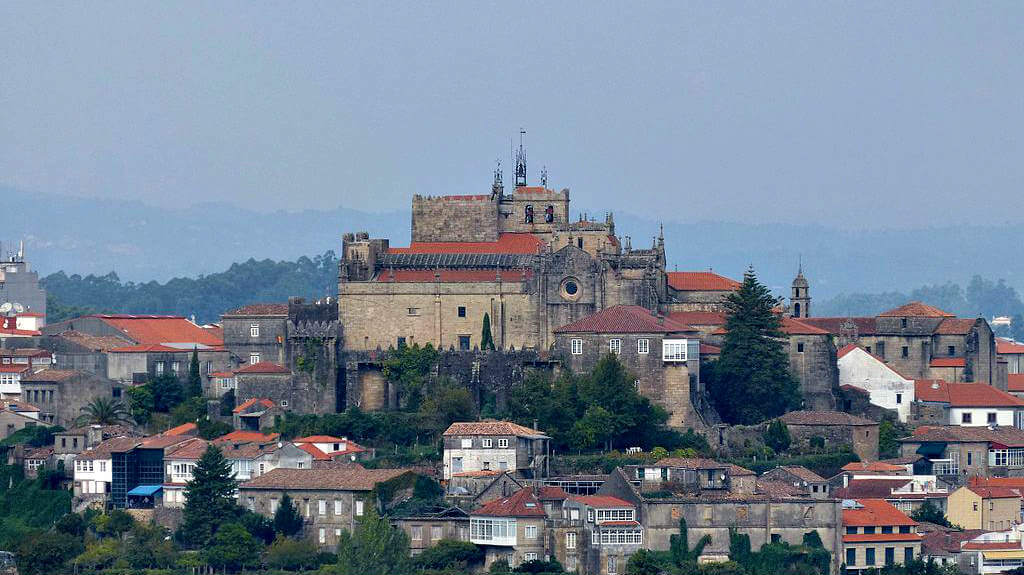
The Portuguese Way and its coastal variant
The Portuguese Way is the second busiest of all. It arrives from the south and enters Santiago from the south. This route runs through the most populated area of Galicia, the Rías Baixas. This means that it crosses several historic towns and cities, such as Tui, Pontevedra, Caldas de Reis or Padrón, also following the historic route of the Roman road XIX.
This route also has an important network of services, such as hostels and other types of accommodation, provisioning services, etc. However, some people are put off by the fact that several sections of the route run along roads. It is true that they do not have much traffic, but walking on asphalt is not the same as walking on roads.
Even so, the Portuguese Way has attractions that make up for the inconvenience. To begin with, it is a easier than the French Way. And it's not all asphalt! Far from it. Forests, small villages, manor houses and fortresses or panoramic views over the estuaries are just some of the things you can find on this route. And that's not to mention the spectacular wines and delicious seafood. It's worth it, of course.
The majority of pilgrims who opt for this Camino have to do it from Tui (115 km), a medieval town on the Galician-Portuguese border. But, of course, the temptation to walk through two countries is great, so many people walk through from Oporto (224 km), which is also the most common starting point for cycling routes. Or Ponte de Lima (145 km).
In addition, the Portuguese Way has a bonus trackThe coastal variant, which runs parallel to cliffs and beautiful open ocean beaches and comes close to some impressive lighthouses, such as Cabo Silleiro. If you want to do this route you can come along the coast from Oporto Alternatively, by ferry crossing between Caminha and A Guarda. Or you can start in the town of A Guarda itself (150 km). You will have the famous castro of Santa Trega behind you.
***
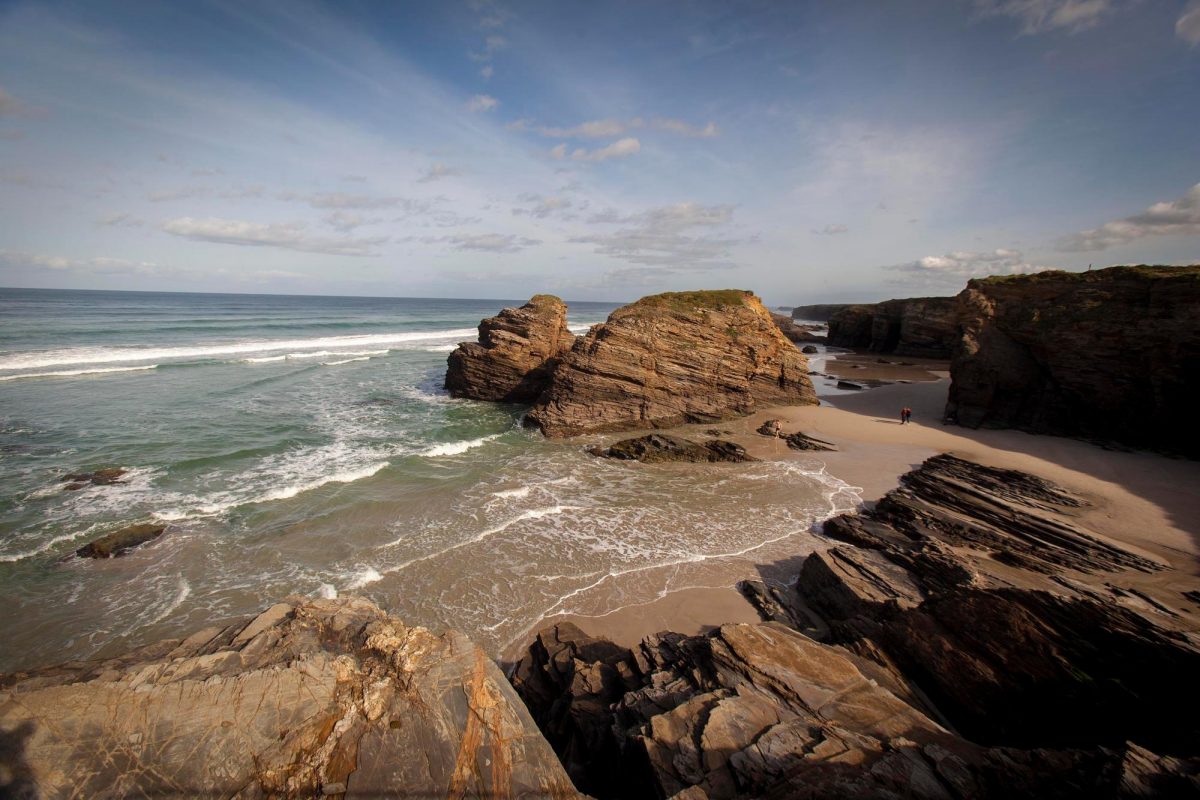
The Northern Way
The Camino del Norte is the third longest of the routes of the Camino de Santiago. It is only behind the Vía de la Plata and the French Way. It starts at Irún as a variant of the latter and runs along the entire Cantabrian coast. Green meadows, mountainous landscapes, cliffs and incredible beaches are its main attributes.
In addition, it is a Way that often amazes. Not only for the scenery. As it is not as crowded as the French route and also offers a wide variety of services and infrastructures, it is an option that is gaining strength. And the signposting is also excellent. A good alternative, in short, for those who prefer to walk with fewer people around them.
However, it is a demanding route, with significant slopes. Moreover, as it runs through mountainous areas and cliffs, some sections are dangerous for cyclists. So if you want to do this route by bike, you will have to deviate from the route at several points.
To do this route, the starting point can be in Baamonde (102 km). However, in this case you will no longer have such spectacular coastal views. For this reason, most people who choose this route do considerably more than the last hundred kilometres, and tend to do more than the last hundred kilometres. start in Ribadeo (199 km), Gijón (355 km) or Irún (875 km).
***
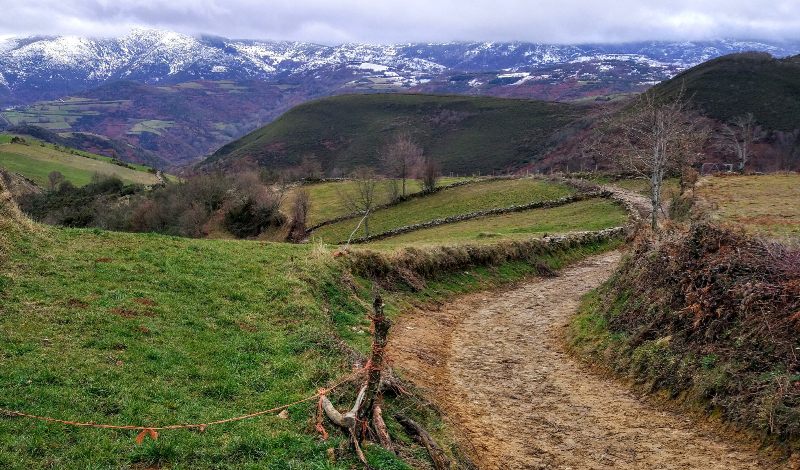
The Primitive Way
This is the oldest of the routes of the Camino de Santiago. Hence its name. The first pilgrimage to Santiago de Compostela was officially made in the year 813, and the first pilgrim was none other than King Alfonso II, the Chaste. He did so after being notified of the discovery of the tomb of the apostle.
The Primitive Way is no friend of crowds. It is a demanding route, like the Camino del Norte, and has significant slopes. Nor is it particularly suitable for cycling (unless you have good technique and fitness). But it is also one of the most attractive routes from the point of view of the landscape, much less humanised than the other routes.
However, due to the small number of people taking this route, the network of accommodations and services is not very high, so in this case we do recommend that you have a support car, transport and pre-arranged accommodation.
If you decide to do this route, you can departing from Lugo (104 km), leaving behind the most complicated (and most impressive) mountainous areas. You will join the French Way in Arzúa, 40 km from Santiago. However, most people start in A Fonsagrada (137 km), avoiding the steepest ascent, or do the complete route, from Oviedo (313 km) in fourteen stages.
In short: this is your Camino if you want to make the pilgrimage to Santiago in a more introspective and reflective way; if you don't love crowds or if you are simply looking for the most authentic option and trust in your strength.
***
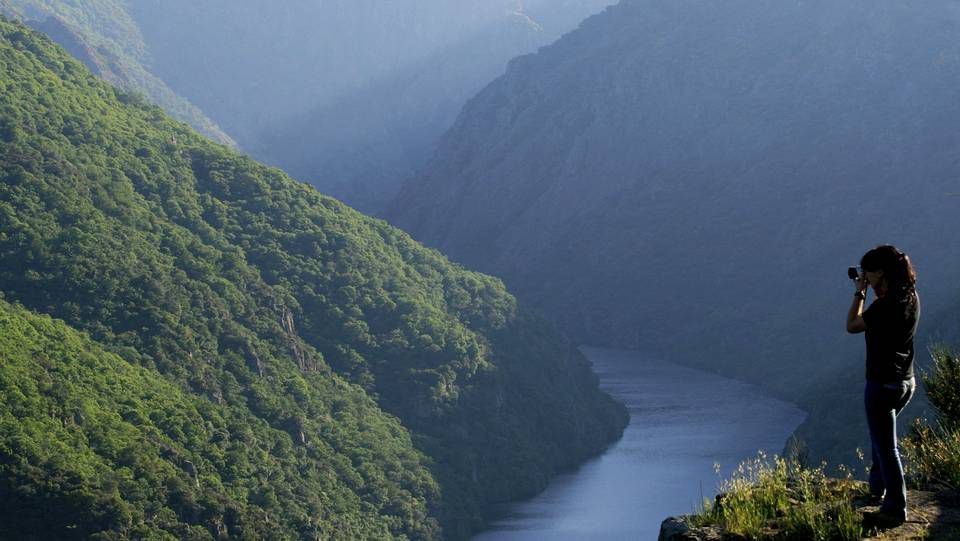
The Winter Road
The Winter Way was born as a solution to the problem of snow on the French and Primitive Ways. In winter, the mountain ranges that pilgrims had to cross to enter Galicia were often impassable due to the weather. The solution was to divert the route through the area of Valdeorras and the Sil River Canyon.
The result is the loneliest route. The one that passes through the least populated areas. So it will be a good option if you are looking for a more introspective trip and to escape from the real world.
Those who do this route can start at Chantada (104 km) to fulfil the distance requirement. Or in O Barco de Valdeorras (209 km) if you do it by bicycle. But most people start even before, to take advantage of at least the stretch that runs through the impressive Ribeira Sacra. There you will not only find a landscape that dwarfs you. It is also home to the largest concentration of monastic heritage in Europe. What's more, the most common starting point is at Ponferrada (263 km), a city with a rich medieval heritage.
However, the network of hostels and services is not extensive. Keep this in mind and plan your trip with pre-booked accommodation.
***
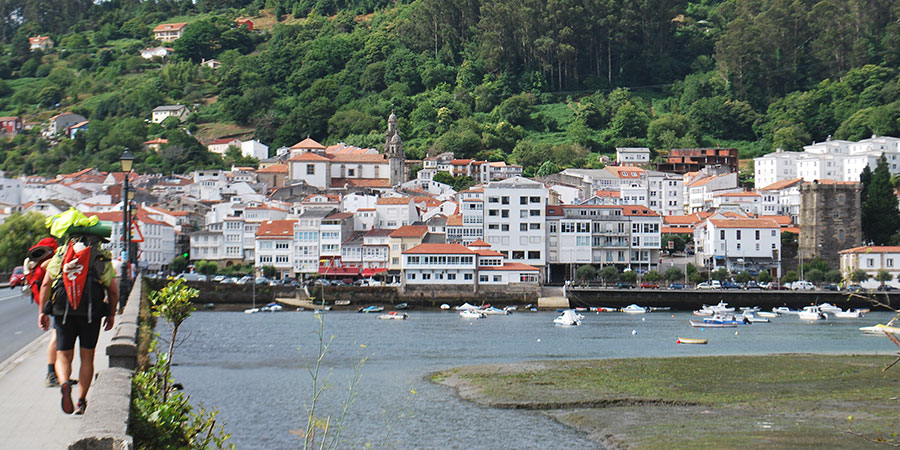
The English Way
This is the route taken by most of the people who came from northern Europe and reached the ports of A Coruña or Ferrol by sea. Many, in fact, sailed from the British Isles. Hence the name. After reaching the ports, they walked south, converging in the village of Bruma, only 37 km from Santiago.
One thing to keep in mind is that, although the departure from A Coruña (75 km) does not meet the distance requirement to obtain the Compostela, since 2016 the Chapter of Santiago Cathedral makes an exception here and grants it anyway. But, pay attention: you must have done a part of the Camino in your place of origin, even if you do not reach the 100 km of rigor.
The alternative is start in Ferrol to cover 120 km full of history and heritage, predominantly green and very quiet, as it is one of the most unknown routes.
As with the Camino Primitivo, the network of services is not so abundant, so if you want to do this route, you know: plan ahead.
***
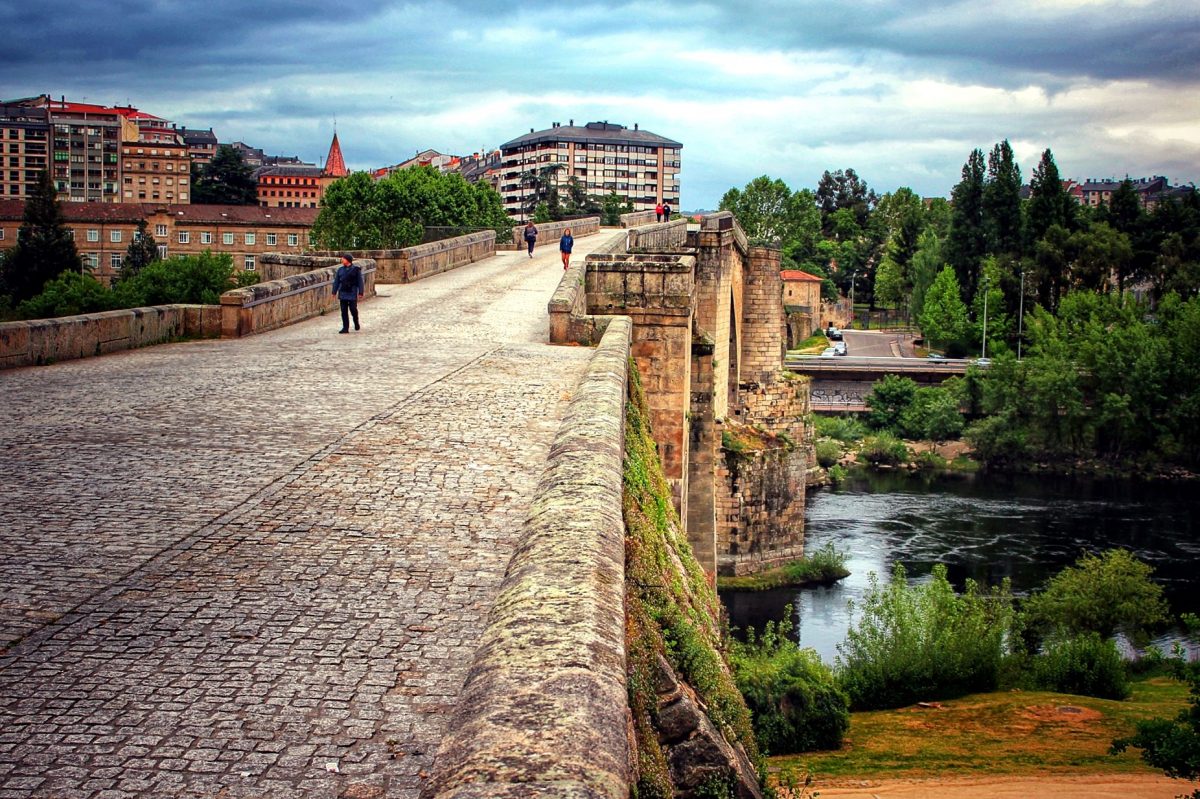
The Vía de la Plata and the Sanabrian variant
The Vía de la Plata is the longest of the routes of the Camino de Santiago. It starts at Seville (960 km) and crosses the Iberian Peninsula towards the north, joining the French Way at Astorga (262 km).
For this reason, people who have less time do not usually choose this route. Or they choose the variant that crosses the southeast of Galicia: the Sanabrian or Mozarabic Way. In these cases they usually start at the city of Ourense (110 km).
On this route it is advisable to be aware of the temperatures, in both variants. This is evident as you advance through Andalusia or Extremadura. But even in Galicia, when crossing the province of Ourense, temperatures in summer can be really high, making the Camino tougher.
This route is particularly suitable for people who want to do it by bicycle, due to its accessibility and regular profile. And for those who prefer to walk, it is an easy route, with no major slopes.
In addition, the Sanabria variant allows you to pass through for the city of Ourenseknown for its open-air thermal baths and its magnificent cathedral. Here you can visit the Portico del Paraíso, often compared to the Portico de la Gloria in Santiago de Compostela.
***
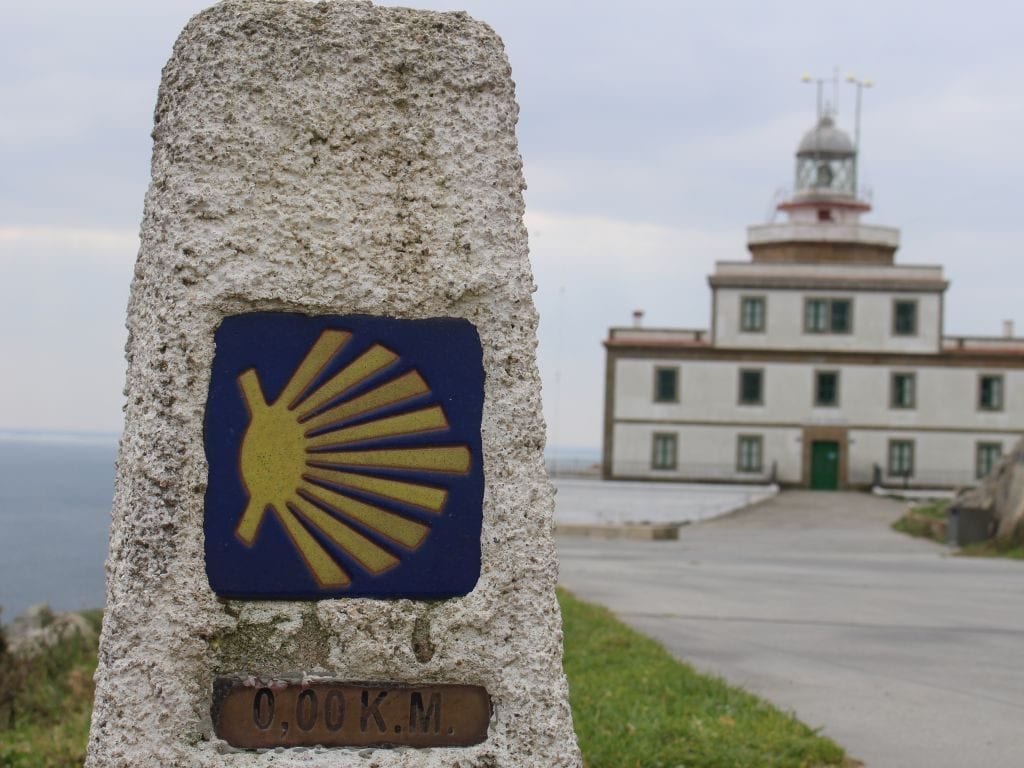
The Fisterra and Muxía Way
Finally, there is a Way of Saint James that, instead of arriving at the Holy City, leaves it. The Way of Fisterra (Finisterre is the Spanish version of the name) and Muxía, considered by many people as the Way of the End of the World. There, the ancient peoples placed the westernmost point of the known world, after which only the Tenebrous Sea could be found.
The pilgrimage to Muxía and Fisterra is not a modern invention.despite what it may seem. In fact, it is probably the oldest pilgrimage route. And it is possible that the Caminos de Santiago are an adaptation of the route taken to worship the sun at sunset, when it dips into the Atlantic Ocean.
This route of the Way of St. James allows you to visit the most striking areas of the Costa da Morte, and to do so along a route without great technical difficulties. In addition, at the end of the route, two alternative (or complementary) accreditation documents can be obtained, as well as the Compostela. The Fisterrana is granted in the municipal hostel of Fisterra. And the Muxiana is granted at the Casa da Cultura at Muxía, no more than 1 km before the shrine where this Camino ends. Have you never heard of them? You can have a look at our FAQ of the Camino, where we answer this and other questions quickly and directly.
The Fisterra and Muxía Way has gained great popularity in recent years. So much so that many pilgrims continue their journey after having reached the goal by any of the other routes of the Camino de Santiago. Always towards the west. Always towards the ocean.
The starting point is obvious, in this case. But there are two ways to do this Camino. The first option is from Santiago to Muxía and then to Fisterra. This way, you end up at the lighthouse to watch the sunset as it has been done for centuries. The second one goes directly to Fisterra and ends in Muxía, in the Sanctuary of Nosa Señora da Barca. And, in addition, some people also do this route in reverse, from any of these two points to Santiago. So if you choose this route and you find pilgrims in the opposite direction, do not panic.
Either way, this is the way for you if you want to reach the end of the world and discover the mystique of these two places.
What is your path?
Now you have some facts about the main routes of the Camino de Santiago. Have you found them useful? If so, we would love to read your comments below. And the same if you have any doubts.


